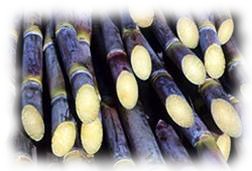Motivation
| The uncertainties about the availability and the climate consequences of petroleum indiscriminate use have encouraged the search for new sources of clean and renewable energy, and also for eco-friendly feedstock to obtain nanostructured materials and plastics. |

|

| Plant cell wall is one of the most abundant sources of renewable energy and particles on earth, which can improve the global production of biofuels and other biomaterials. Residues of leafs, stalks, barks, bagasses, and others have been currently underutilized and their proper use requires the fractionation of their components promoted by chemical, physical and biological agents. Different strategies have been applied for this purpose, including chemical methods, such as acids, bases and solvents; physical methods, such as heat and milling; and biological agents, such as enzymes and microorganisms. |
| The comprehension of the action mechanisms of these different agents on the various cell wall types demands an integrated approach, combining methods to determine the chemical composition of the samples undergoing pretreatment steps, associated to microscopy techniques for morphological determination. Our research projects also look for a global use of the lignocellulosic sources, which have their components separated and directed to appropriate applications. The optimized use of the feedstock, decreasing the amount of residues and maximizing the useful products is a more sustainable and economically viable way to valorise the biomass sources. |

|